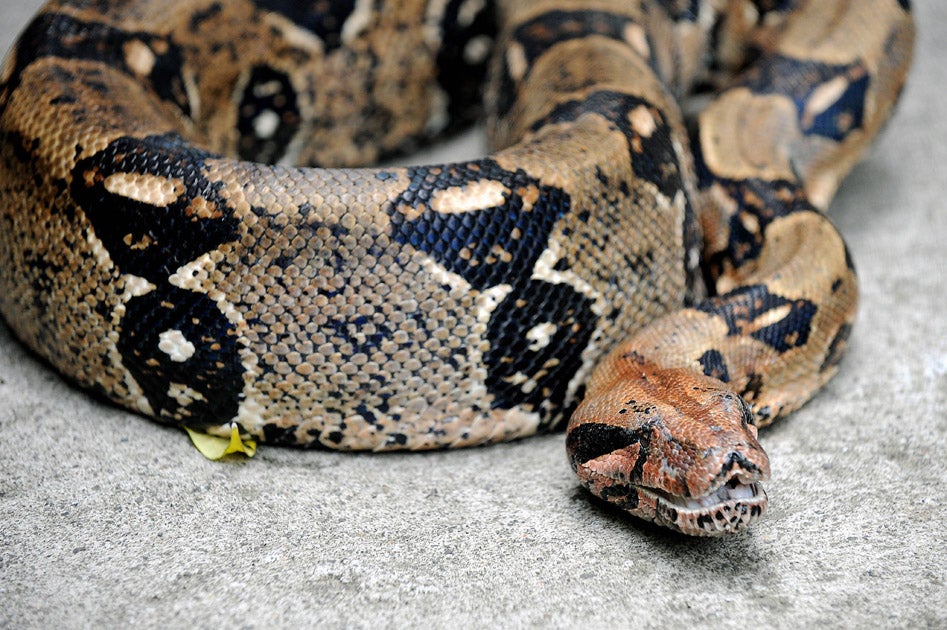Mystery of flying snakes may be resolved
Scientists observed snakes "slithering" through the air to stay aloft

Your support helps us to tell the story
From reproductive rights to climate change to Big Tech, The Independent is on the ground when the story is developing. Whether it's investigating the financials of Elon Musk's pro-Trump PAC or producing our latest documentary, 'The A Word', which shines a light on the American women fighting for reproductive rights, we know how important it is to parse out the facts from the messaging.
At such a critical moment in US history, we need reporters on the ground. Your donation allows us to keep sending journalists to speak to both sides of the story.
The Independent is trusted by Americans across the entire political spectrum. And unlike many other quality news outlets, we choose not to lock Americans out of our reporting and analysis with paywalls. We believe quality journalism should be available to everyone, paid for by those who can afford it.
Your support makes all the difference.Scientists may have unravelled the mystery of how some serpents can fly, after snakes were observed “slithering” through the air in an Asian rainforest.
The findings published on Wednesday show that by adopting an S-shape, they were able to glide almost 100 feet in the air from tall trees.
Study leader Dr Jake Socha, from Virginia Tech Wake Forest University said the snakes turn their whole body into one aerodynamic surface.
"They look like they are swimming," he added.
Dr Socha's team discovered that flying snakes flex their ribs to stretch and flatten out their bodies. Looked at in cross section, they turn from a circle to an arched semi-circle.
"It looks like someone's version of a UFO," Dr Socha added.
The team closely examined the cross-sectional shape and produced a rod with the same profile as a gliding snake's body using a 3-D printer. They then placed it in a tank of flowing water.
Although water is much more dense than air, the experiment recreated the effect of air flowing over a snake's body.
At most angles, the unusual body shape generated sufficient lift to keep the creature aloft.
However, Dr Socha cautioned that the results published do not fully account for the their ability to 'fly', as snakes appear to do better than the results garnered from the study.
"If you make a rough estimate of the lift to drag ratio for the real animal, it appears to do better than what we got from this study," said Dr Socha.
"So even though this shape produced more lift than we were expecting, it doesn't get us the glide performance that snakes can attain, giving us a hint that there is something in what the animal is doing aerodynamically that is not captured by the cross-sectional shape alone."
The study is published in The Journal of Experimental Biology
Additional reporting by Press Association
Join our commenting forum
Join thought-provoking conversations, follow other Independent readers and see their replies
0Comments